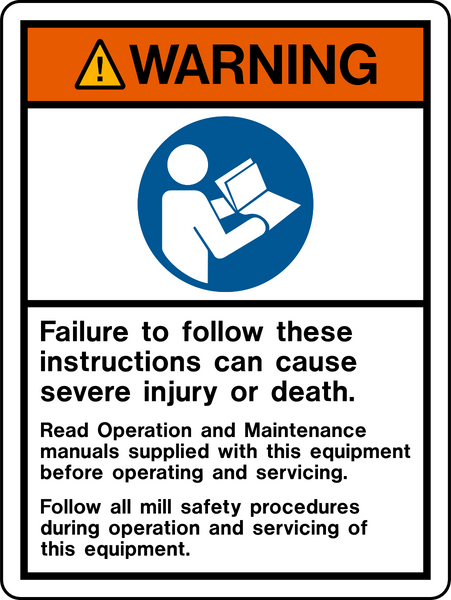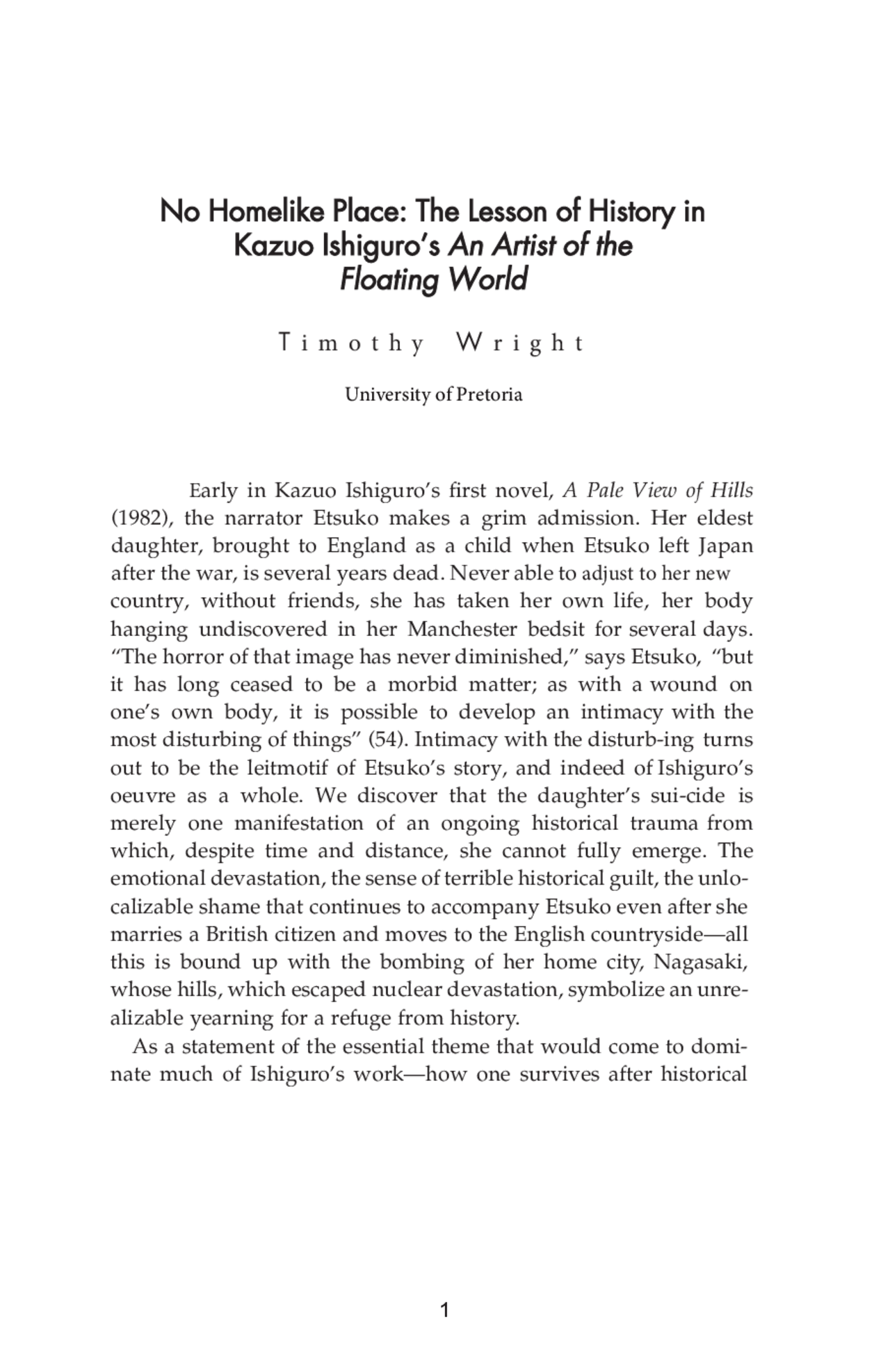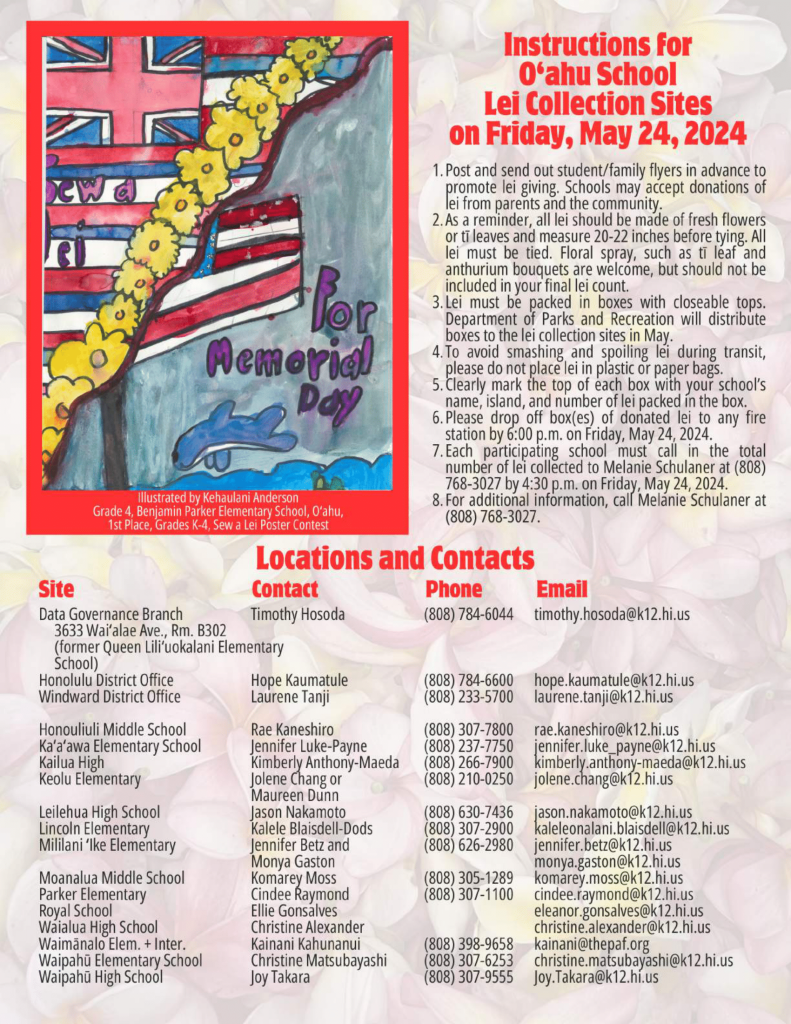Active Flood Warning: Follow These Crucial Safety Steps (NWS)

Table of Contents
An active flood warning issued by the National Weather Service (NWS) demands immediate attention. Flooding is a dangerous and unpredictable natural disaster that can strike quickly, causing devastating damage and posing a serious threat to life. This guide outlines crucial safety steps you must take when an active flood warning is in effect to protect yourself and your loved ones. Understanding the severity of the situation and acting promptly are key to surviving and minimizing the impact of a flood.
Understanding Flood Warnings and Their Severity
When dealing with severe weather, it's crucial to understand the difference between various warnings issued by the National Weather Service. A flood watch means flooding is possible. A flood advisory indicates that flooding is occurring or is imminent. However, an active flood warning signifies that flooding is currently happening in your area, and immediate action is necessary. The urgency of an active flood warning cannot be overstated; it represents a significant and immediate threat to life and property.
- Understand the terminology used by the NWS: Familiarize yourself with the specific terminology used in weather alerts to accurately assess the level of risk.
- Know the potential severity of flooding in your area: Consider your location's flood history and the predicted rainfall intensity. Low-lying areas and areas near rivers and streams are particularly vulnerable.
- Identify your personal risk based on location and flood history: Assess your personal risk factors, including proximity to flood-prone areas, the type of structure you live in, and your mobility.
Immediate Actions to Take During an Active Flood Warning
The most crucial aspect of dealing with an active flood warning is prompt action. Your safety is the top priority. If instructed to evacuate by local authorities, do so immediately. Do not hesitate.
- Move to higher ground immediately: This is the most vital step. Find a safe location away from flood-prone areas and rising waters.
- Turn off utilities (gas, electricity): This helps prevent electrical hazards and gas leaks, further minimizing the risk.
- Never drive or walk through floodwaters – "Turn Around, Don't Drown": Floodwaters can be deceptively deep and swift, often hiding dangerous debris and electrical hazards. Even a few inches of water can sweep a vehicle off the road.
- Bring essential items such as medications and important documents: Gather essential supplies in a waterproof container and bring them with you if you evacuate.
Protecting Your Property from Flood Damage
While saving lives is paramount, taking steps to protect your property can minimize losses. Even with an active flood warning, some preventative measures can be taken:
- Move valuable items to upper floors or a safe location: Elevate furniture, appliances, and irreplaceable items to prevent damage.
- Sandbag vulnerable areas: If time permits, sandbag doorways and other vulnerable points to help prevent water entry.
- Bring outdoor furniture inside: Prevent furniture from being swept away by floodwaters.
- Protect your electrical systems: Disconnect electrical appliances and move them to higher ground to prevent electrical shocks and damage.
Staying Informed During and After a Flood
Staying informed is critical during and after a flood event. Continuous monitoring of weather reports and emergency updates is essential:
- Monitor local news channels and weather websites (NWS): Stay updated on the latest flood warnings, advisories, and evacuation orders.
- Sign up for emergency alerts from your local authorities: Receive immediate notifications about emergency situations, including flood warnings.
- Follow instructions from emergency personnel: Obey all instructions given by first responders and emergency management officials.
- Check on neighbors and offer assistance: Help vulnerable members of your community.
Post-Flood Safety Precautions
Returning to your home after a flood requires caution. The dangers don't end when the floodwaters recede.
- Avoid floodwaters – they may contain contaminants: Floodwaters can be contaminated with sewage, chemicals, and other harmful substances.
- Be cautious of downed power lines: Downed power lines pose a serious electrocution risk.
- Inspect your home for structural damage before re-entering: Ensure your home is safe before entering; structural damage may make it unstable.
- Contact your insurance company: Report flood damage to your insurance company as soon as possible to initiate the claims process.
Conclusion
An active flood warning requires immediate action. By following these crucial safety steps and staying informed through official channels like the NWS, you can significantly reduce your risk and protect yourself, your family, and your property during a flood. Remember, your safety is paramount. Evacuate when instructed and prioritize your well-being.
Call to Action: Stay safe during an active flood warning! Learn more about flood safety guidelines from the National Weather Service and prepare your family and home for potential flood events. Don't hesitate – take action now to protect yourself against the dangers of flooding. Prepare your flood safety plan today.

Featured Posts
-
 Apple Stock Q2 Financial Report And Future Outlook
May 25, 2025
Apple Stock Q2 Financial Report And Future Outlook
May 25, 2025 -
 The Role Of Memory And Forgetting In Kazuo Ishiguros Fiction
May 25, 2025
The Role Of Memory And Forgetting In Kazuo Ishiguros Fiction
May 25, 2025 -
 Young Hawaiian Artists Shine Sew A Lei Memorial Day Poster Competition
May 25, 2025
Young Hawaiian Artists Shine Sew A Lei Memorial Day Poster Competition
May 25, 2025 -
 Borsa Europea Attenzione Fed Piazza Affari E Banche In Debolezza
May 25, 2025
Borsa Europea Attenzione Fed Piazza Affari E Banche In Debolezza
May 25, 2025 -
 Ecb Nin Faiz Karari Avrupa Borsalari Icin Yeni Bir Doenem
May 25, 2025
Ecb Nin Faiz Karari Avrupa Borsalari Icin Yeni Bir Doenem
May 25, 2025
